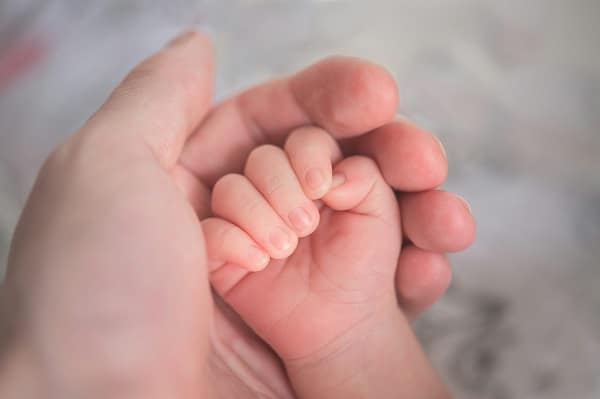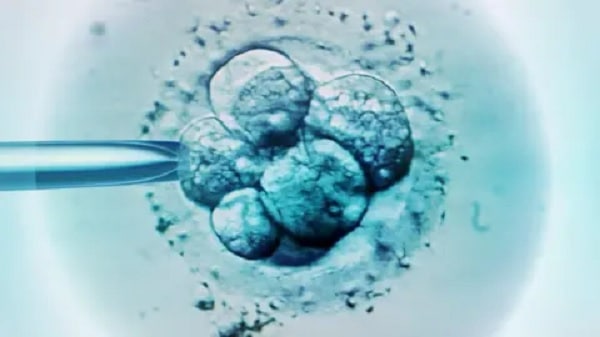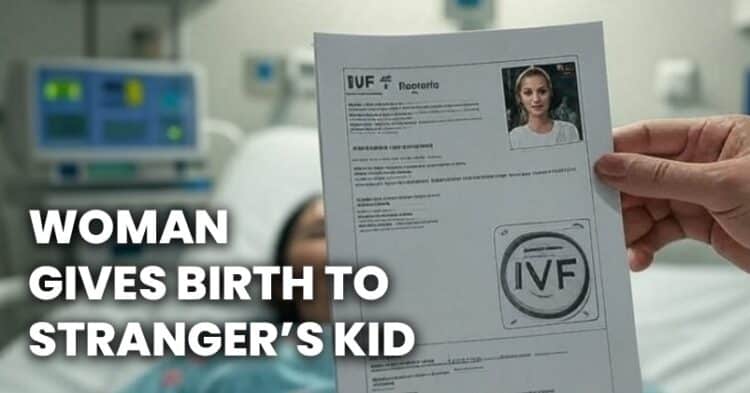In a rare and alarming case of medical negligence, an Australian woman gave birth to a child who is not genetically hers after a mix-up of embryos at a fertility clinic in Brisbane, Queensland. The clinic, Monash IVF, has attributed the mistake to a human error, stating that such incidents are highly uncommon in Australia.

The issue came to light earlier this year when the woman who had given birth requested the transfer of her remaining frozen embryos to a different provider. It was during this process that the presence of an additional, unexpected embryo in storage was discovered, raising immediate concerns.
Monash IVF released a formal statement acknowledging that an embryo from another patient had mistakenly been thawed and implanted into the wrong woman. The CEO of the organisation, Michael Knaap, expressed deep regret over the incident, describing it as heartbreaking for everyone involved. He assured that the clinic is treating the situation with the utmost seriousness and has launched a full investigation. The error, according to him, was isolated and not indicative of systemic issues.
In response to the revelation, a crisis management team was promptly mobilised to support the affected individuals. Meetings with the involved families were held to extend apologies and provide emotional and logistical assistance. The matter has been reported to the Reproductive Technology Accreditation Committee and other regulatory bodies, although further details — including the identities of those involved, the child’s date of birth and custody arrangements remain confidential.

Under Queensland law, the woman who gave birth and her partner are recognised as the legal parents, regardless of the genetic discrepancy. Whether the case escalates into a legal dispute remains uncertain, especially given that the genetic parents had not given consent for their embryos to be used.
This incident adds to a series of legal challenges faced by Monash IVF. The clinic had recently settled a case for AUD 56 million after it was found to have destroyed viable embryos belonging to over 700 patients, due to flawed genetic testing. It was later revealed that more than a third of those embryos were healthy and could have resulted in successful pregnancies.
The embryo mix-up has reignited discussions around safety protocols, ethical responsibility and legal clarity within Australia’s assisted reproductive industry.






